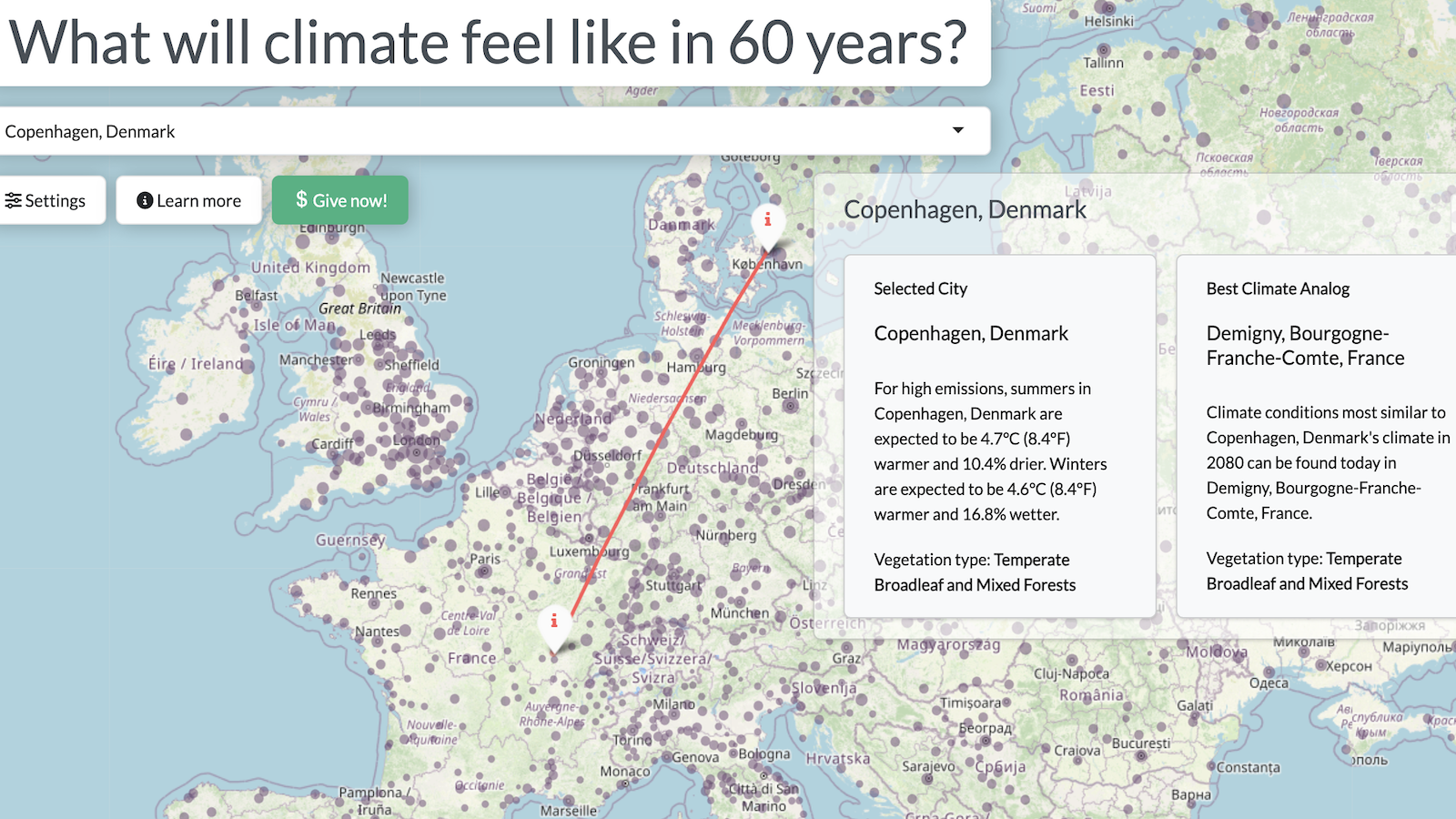This infographic shows how you’re most likely to die

If you’re the sort who worries about accidental death—instead of the “on purpose” kind?—you’ve probably got a range of potential demises in mind. But how realistic are these fears? Well, Accident Claims Advice (ACA) in the U.K. crunched the numbers and some widely held worries are mostly unfounded. For example, an American is more likely to become President of the U.S.—the odds being one in 10 million—than get eaten by a shark, which is one in 11.5 million.
On the other hand, there are lots of other fatality causes that have not been scaring us enough.
Here’s a good one for people afraid of flying. We’ve long heard that air travel is safer than traveling by car, but this is better: At odds of 1 in 5,730, you’re more likely to strangle yourself in bed than die in an airplane crash, at 1 in 9,821.
Some stats are genuinely alarming, such as the odds of being shot in the U.S., which are 1 in 358 as opposed to in the U.K, where the odds are a vanishingly small 1 in 1,018,182. And, of course, the odds of dying of heart disease or cancer are 1 in 7, and from lower respiratory issues 1 in 28. And 1 in 95 people—that’s a lot—wind up deliberately killing themselves.
Here are some interesting comparisons worth noting:
- You’re far less likely to die as an occupant of a bus (1 in 79,815) or on a train (1 in 172,1414) than you are in a car (1 in 470).
- Tripping over your own feet is less likely (1 in 4,949) to kill you than falling down the stairs (1 in 1,884), but falling off a ladder (1 in 8,514) is the safest way to pay a sudden visit to the floor.
- You’re much more likely to be electrocuted (1 in 54,989) than hit by lightning (1 in 161,856).
The very worst odds are, of course, of dying at all: They’re a lousy 1 to 1.





